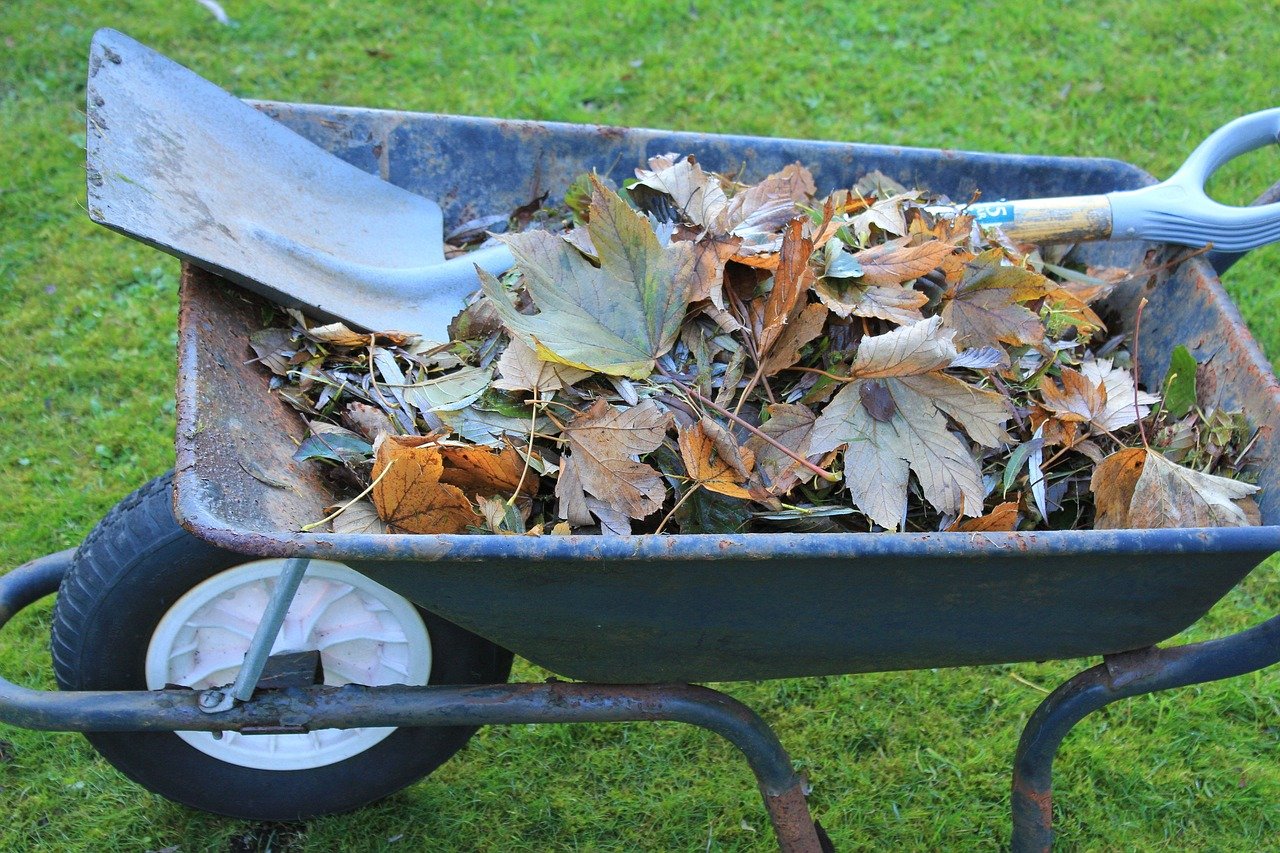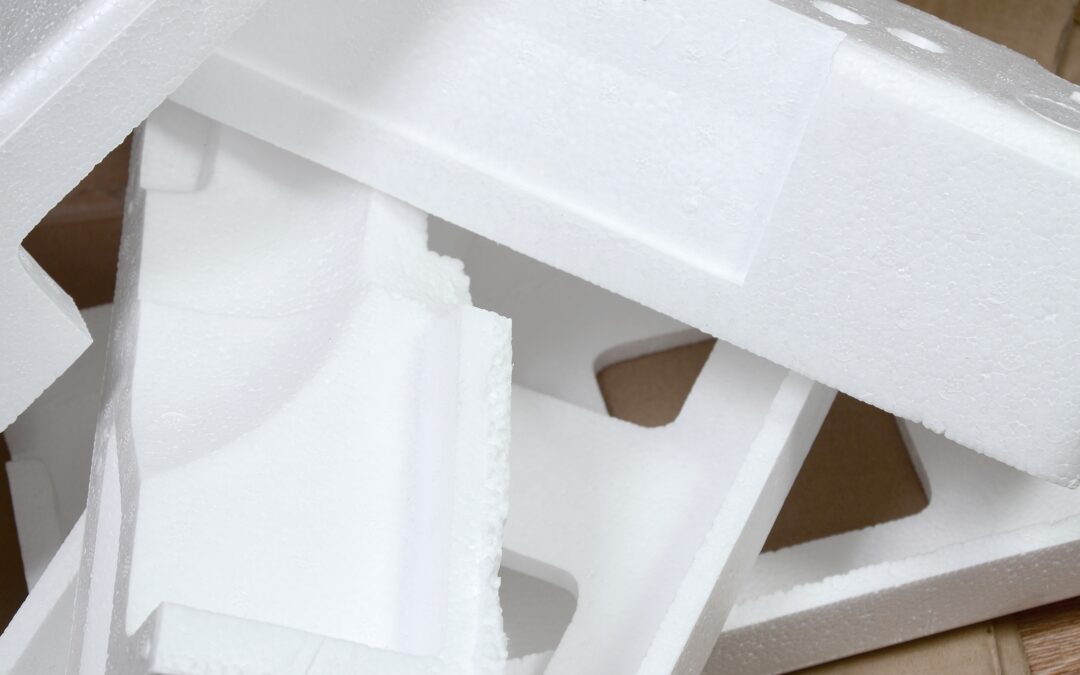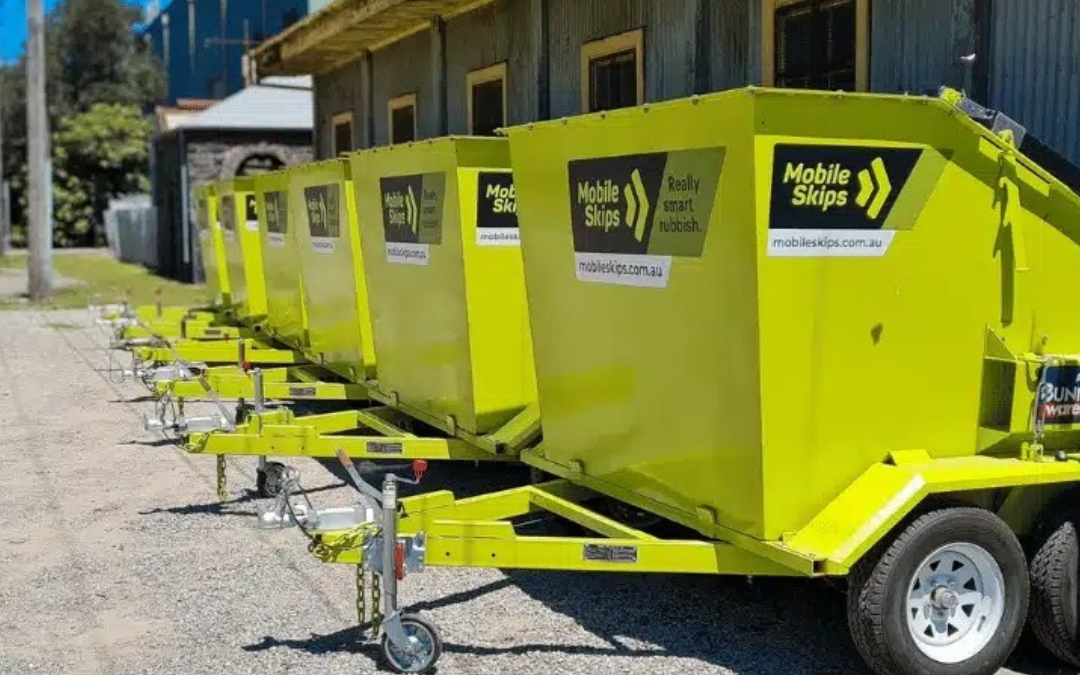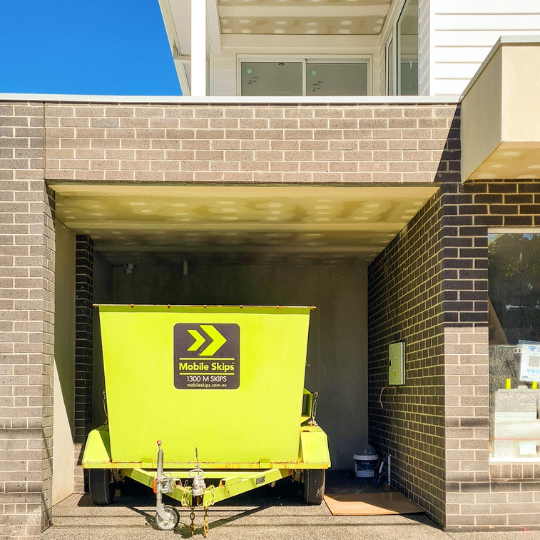Homeowners, including Brisbane residents, commonly encounter green waste. It is rubbish that all houses tend to accumulate as they try to keep their backyards looking ship shape. What may not be common knowledge to residents is how to separate green waste from other types of waste.
Green waste is best defined as organic waste that can be composted. If it ends up in a landfill, it can affect the air, soil, and water quality. It may represent a small part of your waste collection, but improper disposal of it can have serious implications for the environment.
According to The Brisbane City Council, 96,000 Brisbane households diverted 25,000 tonnes of green waste from landfills each year. However, there is room for improvement to give citizens a fighting chance against the extensive alterations made by climate change.
Continue reading to learn more about how to properly get rid of green waste or rubbish.
What Is Green Waste/Rubbish?
Before removing the green waste the correct way, make sure you know what counts as green waste and what does not. This way, you can take the right steps to do your part in protecting the environment.
Green waste is any waste that you produce in your backyard or gardens. Waste like grass clippings, leaves, weeds, and loose bark fall under this category.
Some materials like dried leaves, hay, and pine straws are not to be confused with green waste. This kind of waste comes under “brown waste” which is rich in carbon, unlike green waste that is rich in nitrogen.
What Counts As Green Waste?
Here is a list that summarises what materials count as green waste.
• Garden Waste – This includes shrubs and hedge trimmings, leaves, weeds, grass cuttings, and similar.
• Floral Waste – This includes floral decorations, petal scraps, rotting flowers, and similar.
• Tree Waste – This includes sticks, Christmas trees, tree barks, and small branches (less than 2 inches in diameter) and similar.
• Pet waste – This includes vegetarian pet wastes from pets like rabbits and hamsters, and similar.
What Does Not Count As Green Waste?
Here is a list that summarises what you should not consider as green waste.
• Gardening Chemicals – This includes pesticides, insecticides, and similar.
• Brown Waste – This includes sawdust, dried leaves, pine cones, hay, twigs, and similar.
• Heavy Waste – Treated wood, brick, rock, metal, glass, dirt, and similar.
How Green Waste Dumping Affects The Environment.
People tend to go about their day after sending their green waste to landfills. It is often done unintentionally since not many people realise how harmful this practice is. This kind of waste is not to be simply placed in the bin and forgotten about.
Here are some reasons why you should avoid dumping green waste in landfills.
It Will Contribute To Global Warming.
Unrecycled green waste produces methane, a greenhouse gas. Methane absorbs the heat and thereby warms the atmosphere. Increased amounts of methane have the potential of worsening the global warming that the world is currently facing.
It Can Result In Life-Threatening Wildfires.
When dumped in landfills, green wastes can act as biofuel for creating wildfires. The natural bacteria in dried leaves, twigs, and weeds generates heat that has the potential to create a fire.
It Can Contaminate The Water System.
The loose green waste can flow into the waterways and contaminate them. Heavy rainfalls give the green waste that extra push to float into a stream or river.
It Can Result In Drain Blockage.
Green waste dumping can clog drainage systems. A blocked drain means the wastewater has nowhere to go. The water will eventually flow out, polluting the streets and streams with sewage. In the case of large amounts of green waste dumping, flooding is a likely possibility too.
It Is Harmful To The Ecosystem.
Besides contamination, unrecycled green waste in waterways can decrease the access of local plants to naturally occurring sunlight. The blocked sunlight can significantly alter the ecosystem of the local flora and fauna.
When the waste is dumped in landfills, they land on the native plants as well. The plants do not get access to sunlight, and as a result, weeds start to grow instead. Invasive weeds affect not only plant life but also the local fauna’s habitat and food source.
It Is Not Visually Pleasing.
Brisbane is known for its beautiful luscious landscapes. The natural beauty can dull down with these green waste dumping grounds. It may seem inconsequential, but visual aesthetics play an important in the appeal of a neighbourhood.
Steps Involved In Getting Rid Of Green Waste.
Brisbane’s future looks bright with the several initiatives that the local government is working on. The Brisbane City Council’s Brisbane. Clean, Green, Sustainable 2017-2031” highlights the work of these initiatives. It also outlines future goals, recognising there is still a lot more to do.
The following section goes into the potential steps that Brisbane residents themselves can take.
Try Composting.
The ideal way to manage your green waste is to reuse it to improve your garden’s health. Composting is an eco-friendly and sustainable way to recycle green waste. It is an inexpensive and convenient solution for getting rid of your green waste without going anywhere.
All manner of green waste can be broken down into small pieces to make compost piles. Once added to the soil, it can sustain the local nutrient cycling and retain moisture. Composting will help you in reducing your usage of chemical fertilisers for gardening. Furthermore, you feel good about keeping the green waste out of landfills and reducing greenhouse emissions.
The local government has also come to the rescue of those who do not have enough money for composting equipment. The compost rebate program in Brisbane offers a rebate of up to $70 if you buy composting equipment.
To claim the rebate, you will be required to fill a questionnaire about organic recycling. This process is the government’s way to encourage compost education and proper gardening practices.
Convert The Green Waste Into Mulch.
Another great home remedy for recycling green waste is by turning it into mulch. Unlike compost, mulch uses the waste material to top off the soil instead of mixing it with soil. It is cheap and comes naturally to anyone who has a green thumb.
If you decide to reuse the green waste like this, make sure to keep it in a far away compost pit.
Otherwise, the waste can make your yard smell.
Drop Green Waste To The Nearest Recycling Plant.
If composting is not your area of expertise, you can always drop off the waste at a recycling centre. The Brisbane government has four resource recovery centres with recycling and waste facilities.
If you wait for the regular waste collection day, your waste is likely to be heading for the landfill. These resource recovery centres use green waste to create new and valuable products. You are essentially taking on a more proactive role in the recycling process.
Recyclable materials are dropped off for free at these sites but not green waste. To drop off general or green waste, you will need to pay a small fee. There are ways for you to get around this.
The Brisbane City Council offers green waste drop-off during the weekends for free.
This step is more expensive than composting and mulching. It is an appealing choice for those who know of a recycling centre nearby. It is also an easy way out for people who do not know of any other way to get rid of the waste.
Hire Garden Skip Bins.
This is one of the easiest and hygienic ways of getting rid of large amounts of green waste. You take a step towards protecting the environment without getting your hands dirty.
When looking for a garden skip bin provider, make sure it is a reliable one. For instance, providers should offer same-day delivery and pickup of bins to make things convenient for you.
These skip bin providers are unlike general waste collectors. They save you the trip of going to recycling centres by transporting the waste themselves. They partner up with trusted waste management companies in and around Brisbane. These companies go on to use your green waste for nourishing the soil and promoting healthy plant growth.
Benefits Of Proper Green Waste Removal.
We have established that there are serious consequences for improper green waste disposal. The majority of the information out there today points towards green waste recycling as the way to go. So, either you reuse it yourself or hire professional removers to send it for recycling.
Despite the increase in recycling, the recycling rate is still ways behind the rate at which individuals produce green waste. A study by Sustainable Gardening Australia shows that 400 kg of green waste is disposed of yearly from a single household without being recycled.
Here are some pointers to help you realise the importance of proper green waste removal.
It Has A Positive Impact On The Environment.
Over time, landfill dumping will require more land, polluting the grounds for no real objective. You can dispose of it efficiently by sending the waste to a recycling depot instead of a landfill. Valuable landfill space is conserved, and you prevent the release of methane and other greenhouse gases.
It Protects Human Health.
It is harmful to your health and your yard’s health if you let the green waste accumulate in your yard. Rotting green waste can attract flies, rats, and roaches that tend to carry diseases. By disposing of it or recycling it quickly, you protect yourself and your family from these diseases.
It Will Help Maintain Your Yards.
Proper removal or recycle will keep the overall soil, air, and water quality remain unharmed. Green waste has a particular odour that is common with most biodegradable wastes. You can avoid the odorous gases by getting rid of the waste in a timely manner. Your yard will look clean and aesthetically pleasing all the time.
It Reduces Disposal Costs.
Besides landfill levies, there is the cost of collecting green waste and transporting it to landfills. In urban areas, these landfill dumping costs add a considerable amount to your maintenance bill. The cost-benefit analysis will help you realise how much money you can be saving if you change this routine dumping.
If you recycle it at home or with the help of recycle bin providers, you reduce the disposal cost dramatically.
It Encourages You To Adopt Healthy Habits.
You are indirectly joining hands with the environmental movement when you make an effort to manage your green waste. You push yourselves to adopt sustainable green technologies beyond waste disposal and recycle. Other individuals in your neighbourhood will also be motivated to engage in environmental practices after observing you.
It Helps Out In The Success Of Government Initiatives.
The local government has several schemes to encourages individuals to properly dispose of waste. Without the support of the people, it is challenging to get funding for these schemes. So, your dedication to protecting the environment can help the government continue with its ambitious environmental plans.
Summing Up.
Climate change is slowly but gradually affecting the realities of the current and older generation. Moreover, global warming and wasteful use of natural resources pose a serious threat to our ecosystem. To change this trend, recycling waste materials whenever possible is important.
Green waste contains materials that are 100% recyclable. So, there is a need to treat the proper disposal of green waste as a priority. It can conserve land, flora, and fauna and reduce pollution.
Environment-friendly waste removal is not only for the current generation but also for the future generation. You leave for them a clean habitat that has a healthy abundance of natural resources.
The way to get rid of green waste is one that gives back to the Earth. Remember the 3 Rs- Reduce, Reuse, and Recycle green waste.
The above-listed convenient and natural steps will benefit both humans and their habitat. With all this information at hand, you can begin making a positive difference to the environment.






